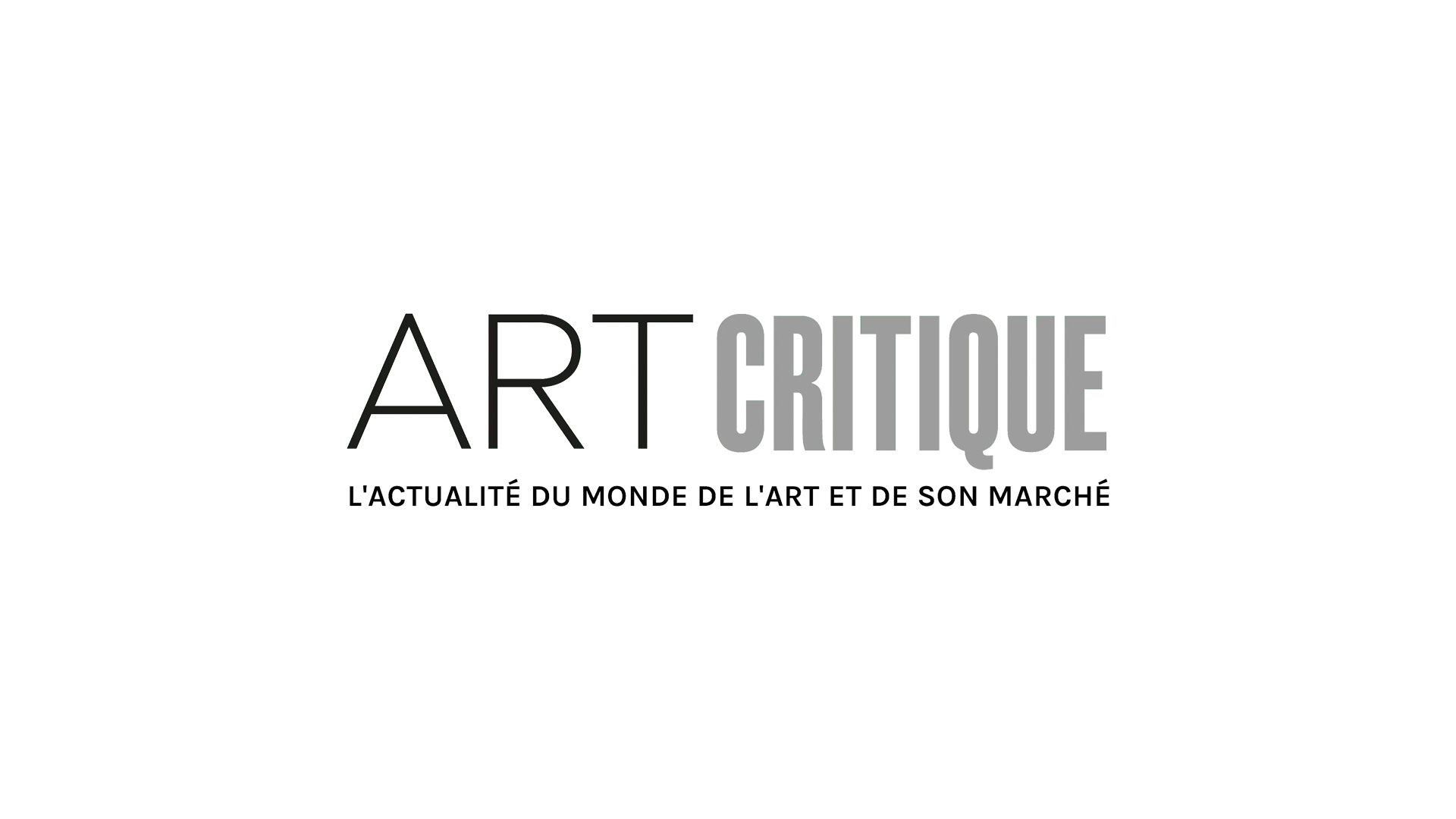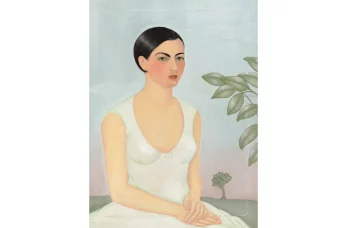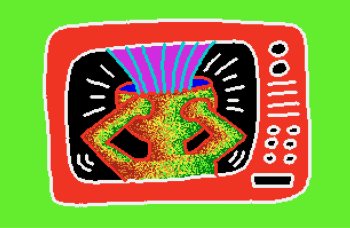As the untiring march of NFTs begins to find more and more footholds across the arts existent art industry, we are bound to see this trend touched on by legendary artists and their descendants. One such name of massive note that has been recently coiled around the platform is that of Pablo Picasso. In a dizzyingly quick up and down, members of his family lineage discussed the plans for Picasso NFTs, and were quickly shut down by fellow family members.
The endeavour was first spearheaded by Picasso’s granddaughter and her son, Marina Picasso and Florian. 1,010 Picasso NFTs were intended for creation, based on a ceramic piece by Picasso himself and accompanied by music that Florian, a DJ, had created. It was no pipe-dream either, with Florian having worked with famed musicians John Legend and Nas for the music. With this particular aspect given so much effort and thought, it’s hard to tell if the intent was honouring a legacy by bringing it into a new realm or furthering a music career alongside the wave of crypto.
But the dream was to be short-lived, as many of the rest of Picasso’s lineage have put a stop to the NFT project. While the cubist painter’s name and intellectual property are handled collectively by his children and grandchildren, his son Claude Ruiz Picasso is the administrator for the family and is the only one who could technically authorize this NFT project. Clearly, through statements by the estate’s lawyer Jean-Jacques Neuer, not everyone is racing to join the NFT stream.
It’s an understandable reaction from the family. Taking into consideration not only the disjointed effort that seemed to drive this plan, but the context and quality of NFTs as they stand—being supersaturated with bland ape avatars and digital in-jokes for cryptocurrency playboys—it’s hard to see a reason to bring about Pablo Picasso NFTs. And there are certainly ways for an artist’s legacy to be honoured in new, modern mediums in a way that maintains tacts: take for example the Immersive Van Gogh experience that seems to have spawned multiple copies. There are myriad ways of allowing classic art to be appreciated with new life which certainly doesn’t need to boil down to new ownership.





